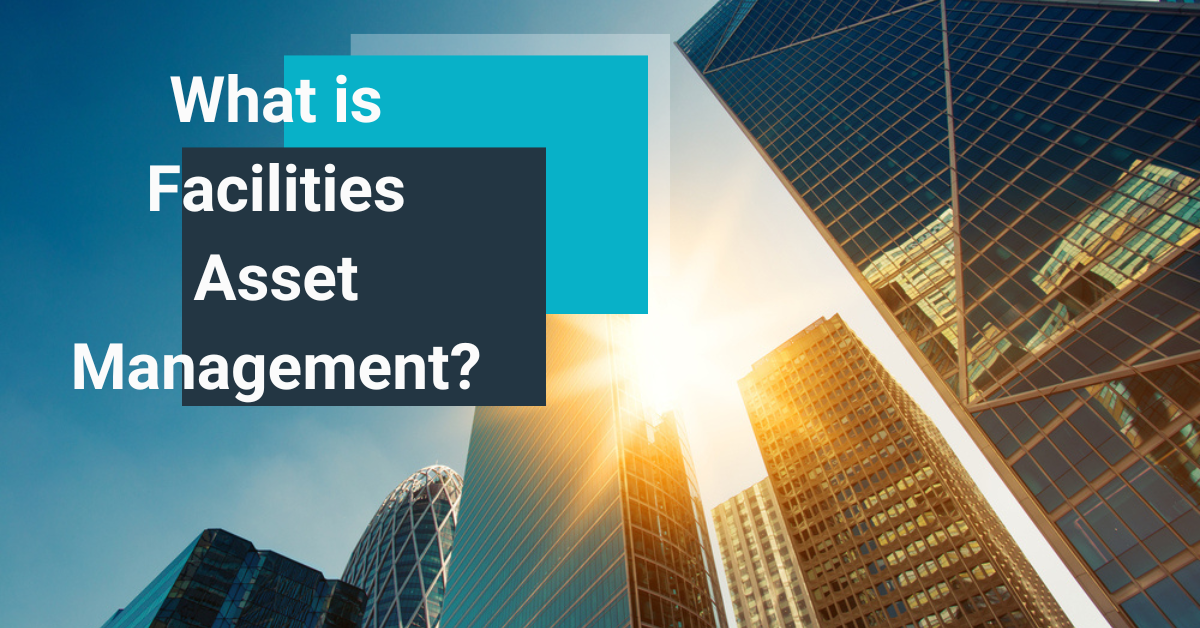What is Facilities Asset Management?

Asset management is a fundamental part of getting results as a facilities management company. It falls under the broad service of facilities maintenance, which involves the day-to-day tasks of running a building or workplace.
In today’s post, Omnia360, a leading facility management company in Cincinnati, Ohio, breaks down what facilities asset management is and why your business needs it!
What is facilities asset management?
Also referred to as lifecycle planning, facilities asset management serves to create a framework for how to operate, maintain, renew, and retire high-value assets at a company.
These assets can include a building’s HVAC unit, company vehicles, and even proprietary software licenses.
Personnel-related assets: items that are related to employees’ personal use (vehicles, mobile devices, uniforms, protective gear, etc.).
IT-related assets: software and computer equipment utilized by your facility (copiers, printers, software licenses, data infrastructure, etc.).
Facility-related assets: anything in your building’s infrastructure (HVAC, electrical system, break room appliances, plumbing, and more).
A facility’s assets are defined in several ways:
- Cost in relation to budget — anything over X thousand dollars is an asset.
- Life cycle investments — any substantial investment over time.
- Life cycle investments + leased assets, 12-month liabilities, FASB-reported capital investments, and depreciating assets.
Three observable traits in a facility’s assets
High value: they’re a considerable monetary investment.
Depreciating: their value decreases from the initial investment cost.
Essential: they’re required for your facility to perform at full capacity.
How FM Companies Track Facility Assets
Asset management lives and dies by the facility management software a company uses.
The software is what helps to establish a recurring preventative maintenance schedule, accurately allocate the budget of your maintenance plan, and track an asset’s performance, improvements, depreciation, and more.
Managing a facility’s assets starts with one thing…
Facility Data Collection
Collecting the right performance data on your assets, as well as making notes on the asset name, category, model number, etc., is part of establishing an accurate, long-term asset management plan.
Maintaining the Asset
Maintenance and asset management work closely with one another to ensure your facility is being maintained in a cost-effective manner. Working with an inventory list that establishes deferred maintenance and scheduled replacement of all assets.
Strategic Facility Planning
After collecting data and establishing a maintenance list for your asset inventory, a strategic plan is established that prioritizes particular assets over others. This is determined by a building’s goals, their budget, and information gleaned from the data.
Great FM companies are adaptable and can adjust the strategy based on a building’s evolving needs.
Core benefits of facilities asset management
Life cycle planning allows for facility managers to forecast operational costs, plan for maintenance and system upgrades, and minimize the total cost of ownership at the asset level.
Asset management also applies to companies that license software. It gives one the ability to plan the upgrade process to the latest software update in the future and determine if demand for licenses has grown or shrunk within the organization.
FM Industry Terminology: What You Need to Know
- Capital improvement: dollar cost to preserve a building function
- Capitalized asset: an asset that has reached a break-even point from investment
- Depreciation: how much the value of an asset has decreased since the initial investment
- End-of-life date: the planned date of eliminating an asset based on its operable life
- Asset class: groups of similar assets tracked for purposes of accounting
- Ghost asset: an asset on the company’s books but no longer in use
- Life cycle management: a comprehensive plan for an asset, from acquisition to use and disposal
- Planned obsolescence: getting rid of an asset early, before it’s no longer usable
- Total cost of ownership: total cost to own, maintain, and use an asset
The Value of Facilities Management & Asset Maintenance
Facilities work to serve the unique needs of their clients, depending on the industry vertical they’re in, as well as their facility’s usable assets.
FM companies work to monitor, manage, and maintain all manner of building assets, from copy machines to commercial HVAC systems, which ultimately works to save your business money in the long run in a few critical ways:
- No breaks in production from blackouts or outages (due to a well-maintained facility)
- Better consumer appeal from landscaping and parking lot cleaning (impressing customers with a great-looking external facility)
- All-in-one work order payments (no more juggling contracts between various trades services)
Get 24/7 Facility Maintenance from a Premier FM Company in Cincinnati, OH.
Our cross-trained trades specialist can deliver exceptional results for your facility. We’ll give you a custom-tailored maintenance plan based on your goals and budget. Get a free assessment from one of our representatives today at: 833.360.6642